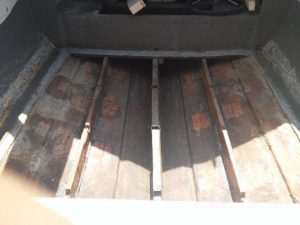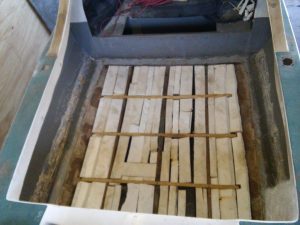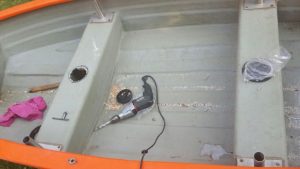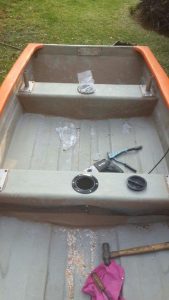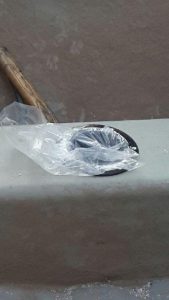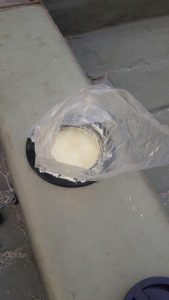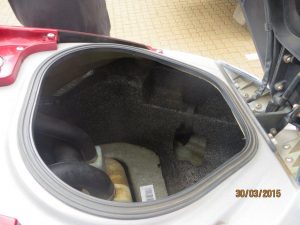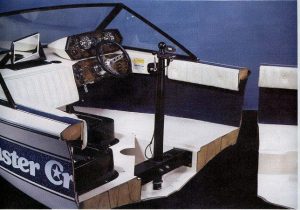Skippers Academy
BUOYANCY
BUOYS AS INDICATED IN THE WORLD A SECTION
PORT & STARBOARD LATERAL BUOYS
The lateral port and starboard buoys are divided in two regions:
IALA A: Africa, Europe and the east (see picture)
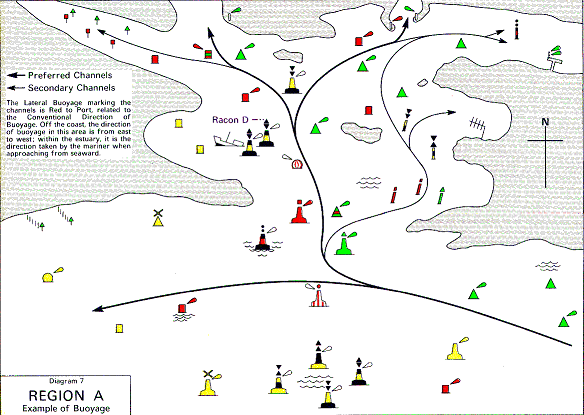

IALA B: North America, South America, Japan and the Indonesian islands
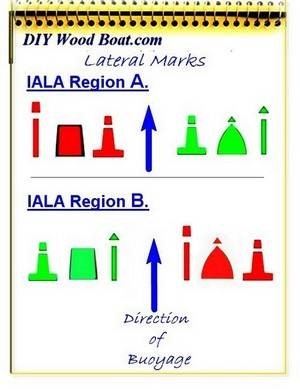
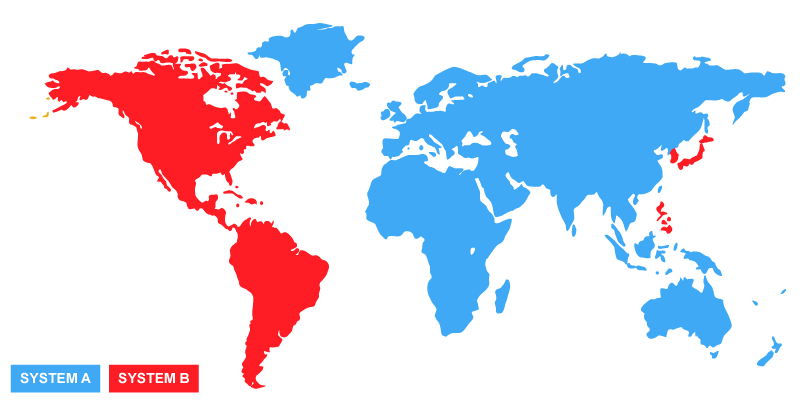
IALA = International Association of Lighthouse Authorities.
Buyers of vessels should be aware that they are not only ill advised to purchase vessels from sellers unable or unwilling to underwrite and certify their vessels by producing a proper buoyancy certificate, but that it is illegal for any seller, to sell a vessel that does not comply. However, a seller may sell a non-compliant vessel if they make a full declaration of the non-compliance.
Buoyancy as defined by Marine Notice 11 of 2007
On all categories of vessels, other than category A & R, built-in buoyancy only replaces the life raft when it is sufficient to provide a stable level platform upon which the crew can be secured in an emergency (fully flooded, swamped or capsized).
Category R vessels are not required to carry life rafts however they still require sufficient buoyancy so as to keep the vessel afloat in an emergency.
Buoyancy must consist of either foam or approved plastic bottles, or a combination of both. Buoyant material may not be affected by oil or oil products. Foam should be of a suitable closed cell type (usually a polyurethane type) and until such time as ―approved‖ bottles are identified the only plastic bottles used should be ―H.D.P.E.(High Density Polyethylene) Grade 2‖ plastic bottles with secure watertight caps, or sealed six-sided ―boat floats‖ manufactured of H.D.P.E, designed specifically for the purpose of providing buoyancy in small vessels. Sufficient hatches are to be provided for inspection of the bottles.
It should be obvious that a simple standard amount of buoyancy will not be appropriate as vessels are constructed of various materials such as steel, aluminium, or from lightweight and buoyant materials such as foam sandwich construction. An individual calculation has to be made in every case to ensure that the vessel achieves the desired platform.
An industry norm has been developed where 60% built-in buoyancy has been shown to be sufficient on wood and GRP constructions. SAMSA accepts this standard on categories B, C, D and E vessels so constructed.
The volume displaced by the buoyancy (i.e. the foam or bottles) provided inside the vessel must represent a figure of 60% of the gross weight of the vessel. Gross weight means; the weight of the vessel, engines, stores, fuel, persons, fish etc. (See Annex 5 for a worked example on the SAMSA flotation certificate.)
It is important to note however that this is only a tried and tested formula on the type of vessels for which it is intended, namely the mass of wood and GRP ski-boats which make up the majority of the vessels at sea.
Regarding category R vessels and the exempted vessels mentioned in regulation 37, SAMSA, in conjunction with the Boat Building Industry Association of South Africa (BIASA), has determined that sufficient buoyancy is provided to meet the requirements of the regulations when 30% of the vessel‘s weight (weight of boat, engine, fuel, stores, equipment but not persons) is fitted as buoyancy. Once again, this refers to the common wood and GRP constructed vessels.
A different buoyancy requirement applies to inflatable vessels and the regulations require these vessels to have at least 3 compartments, the smallest of which must be able to keep the vessel afloat. Note, a rigid hull is not included in this calculation, and also that extreme uses of inflatable vessels for commercial use such as cargo carrying or the like may require additional buoyancy to the satisfaction of SAMSA, by way of foam filled hulls or additional compartments, as this was never the intention of this exception.
BUOYANCY VESSEL
